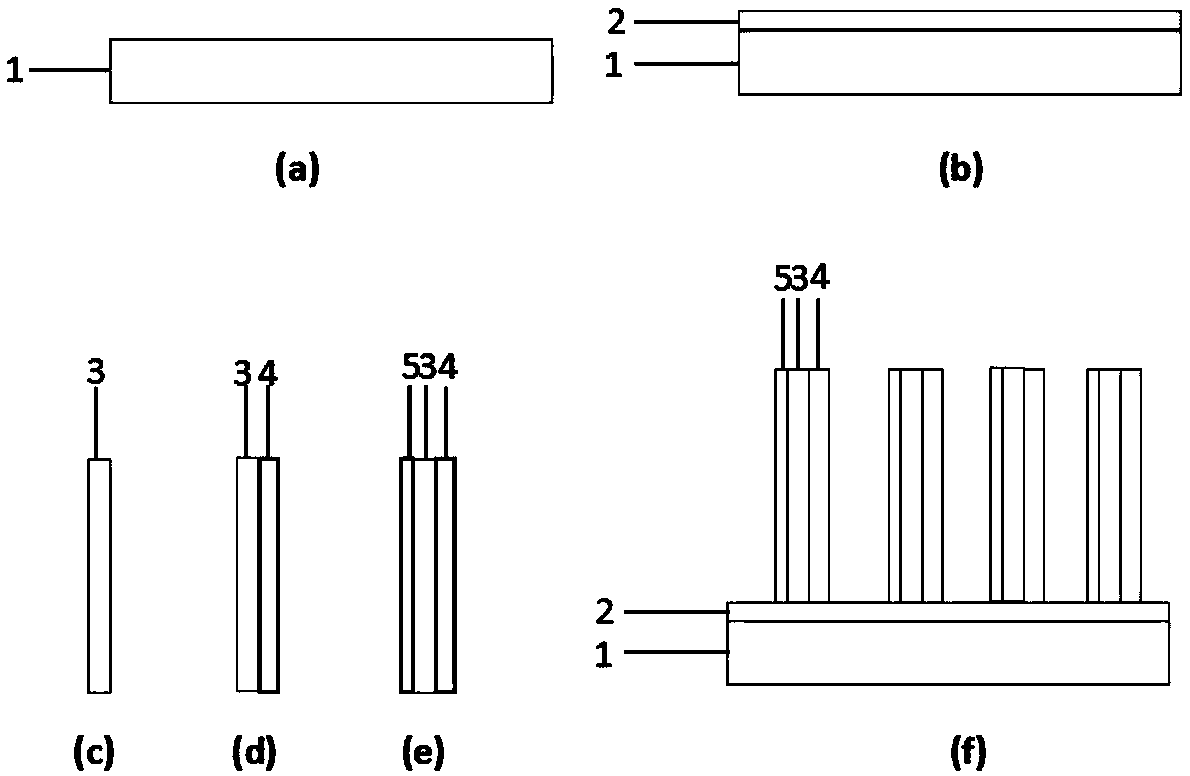Self-power respiration sensor based on bionic nasal cavity structure, and preparation method thereof
A breathing sensor and nasal structure technology, applied in the sensor field, can solve the problem that the formation mechanism has not been fully studied, and achieve the effects of enhancing the output electrical signal, novel and simple design, and simple material
- Summary
- Abstract
- Description
- Claims
- Application Information
AI Technical Summary
Problems solved by technology
Method used
Image
Examples
Embodiment Construction
[0038] Below in conjunction with specific embodiment and description accompanying drawing and the present invention is clearly and completely described, with the hope that those skilled in the art can understand the working principle and the realized function of the present invention:
[0039] figure 1 It is a specific implementation of the self-powered gas sensor provided by the present invention, and its overall structure simulation diagram is as follows figure 1 as shown in (b), figure 1 (a) for figure 1 (b) Simulation diagram of cross-section obtained along the radial direction. The self-powered gas sensor includes an insulating cylinder 1 provided with a respiratory airflow, and the insulating cylinder 1 needs to have a certain hardness as a test chamber; the inner wall surface of the insulating cylinder 1 is provided with a metal film 2 as an electrode layer; The film 2 is provided with a power generation array uniformly distributed along the inner circumference of th...
PUM
 Login to View More
Login to View More Abstract
Description
Claims
Application Information
 Login to View More
Login to View More - R&D
- Intellectual Property
- Life Sciences
- Materials
- Tech Scout
- Unparalleled Data Quality
- Higher Quality Content
- 60% Fewer Hallucinations
Browse by: Latest US Patents, China's latest patents, Technical Efficacy Thesaurus, Application Domain, Technology Topic, Popular Technical Reports.
© 2025 PatSnap. All rights reserved.Legal|Privacy policy|Modern Slavery Act Transparency Statement|Sitemap|About US| Contact US: help@patsnap.com



